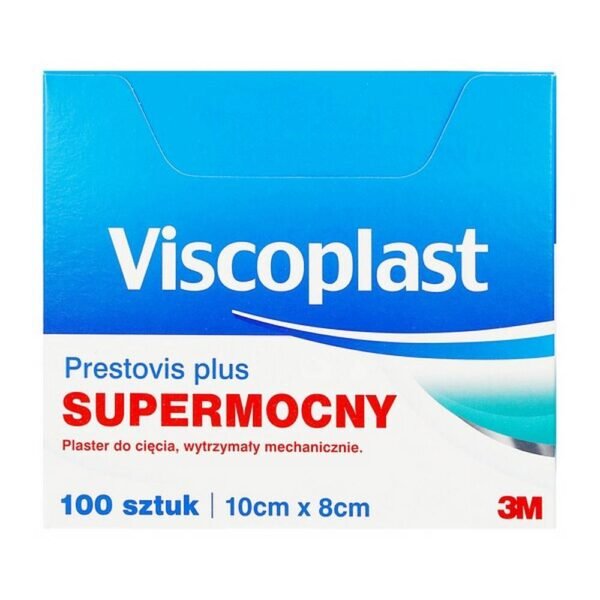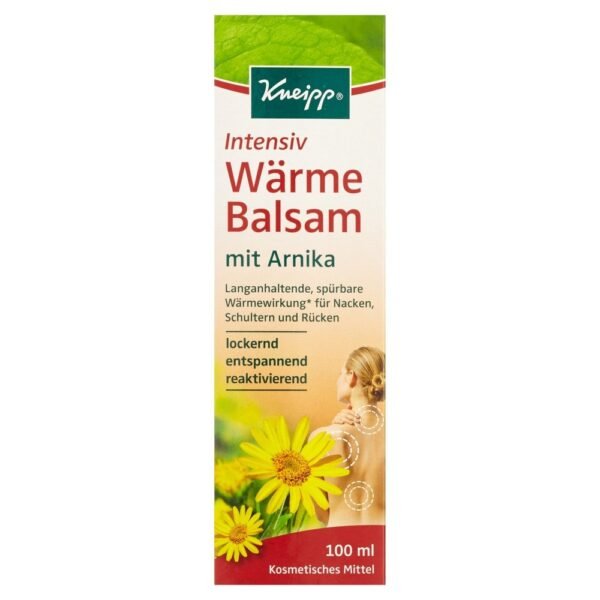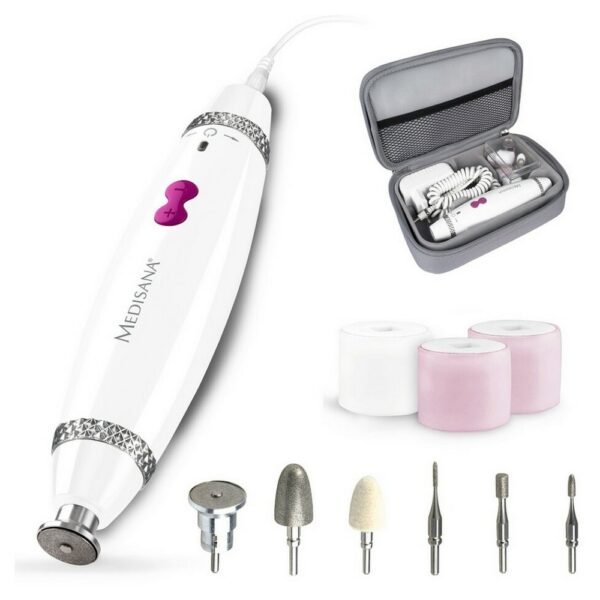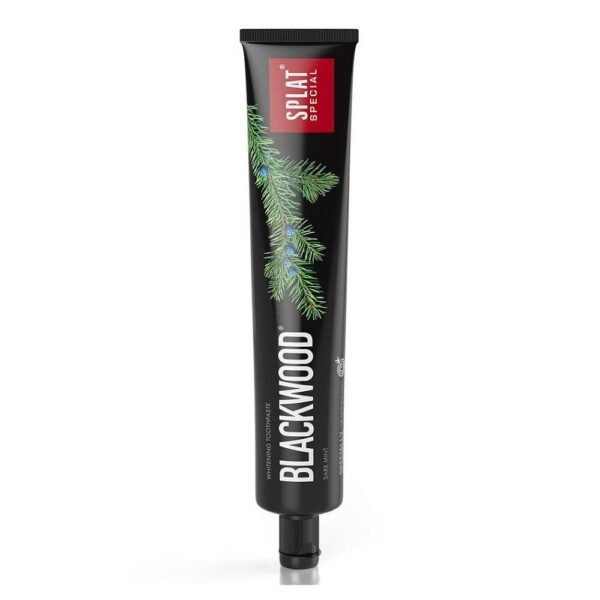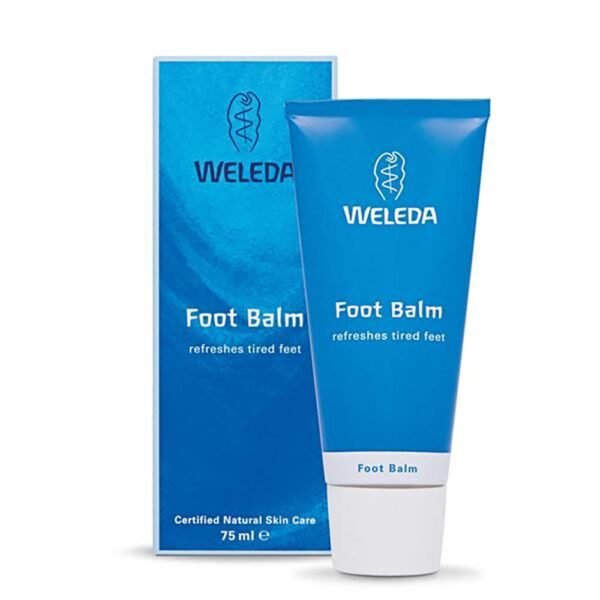Urgo, plasters for burns and surface wounds
Medical component.
There are 4 plasters in the package.
Size: 7 x 10 cm.
The patches have lipid-colloidal technology.
Plasters for 1st degree burns, 2nd degree superficial burns and superficial wounds.
Action
Urgo, plasters for burns and surface wounds
They ease the pain.
They facilitate the healing processes.
The patches can be easily removed from the skin. They do not stick to the wound.
They have a protective layer made of polyester and mesh in lipid-colloidal technology combined with hydrocolloid elements and petroleum jelly.
Indications
Treatment of 1st degree burns, 2nd degree superficial burns, as well as superficial wounds.
The method of using the medical device
For all burns: clean the wound with an antiseptic without alcohol. Rinse with water or URGO saline solution.
Dry the wound carefully with a sterile gauze pad. In the event of a burn, never use eosin-containing antiseptics.
Remove the release liner from the patch. Apply to the area to be treated – if possible, do not move the bladder as it protects against infection. If the bladder is ruptured, sanitize the area. Do not remove dead skin unless it comes off by itself.
Use for 5 to 6 days, the dressing should be changed for the first time after 24 hours and then changed every 48 hours.
Urgo, plastry na oparzenia i rany powierzchniowe
Wyrób medyczny.
W opakowaniu znajdują się 4 plastry.
Rozmiar: 7 x 10 cm.
Plastry posiadają technologię lipido-koloidalną.
Plastry na oparzenia I stopnia, powierzchniowych oparzeń II stopnia oraz powierzchniowych ran.
Działanie
Urgo, plastry na oparzenia i rany powierzchniowe
Łagodzą ból.
Ułatwiają procesy gojenia.
Plastry można w łatwy sposób usunąć ze skóry. Nie przyklejają się do rany.
Posiadają warstwę ochronną, która zbudowana jest z poliestru oraz siateczki w technologii lipidokoloidalnej połączonej z elementami hydrokoloidowymi oraz wazeliną.
Wskazania
Leczenie oparzeń I stopnia, powierzchniowych oparzeń II stopnia, a także powierzchniowych ran.
Sposób użycia wyrobu medycznego
W przypadku wszystkich oparzeń: oczyść ranę środkiem antyseptycznym bez alkoholu. Opłucz wodą lub roztworem soli fizjologicznej URGO.
Ostrożnie osusz ranę sterylnym gazikiem. W przypadku oparzenia nigdy nie stosuj środków antyseptycznych zawierających eozynę.
Zdjąć warstwę ochronną z plastra. Nałożyć na obszar przeznaczony do leczenia – o ile to możliwe, nie ruszać pęcherza, ponieważ chroni przed zakażeniem. Jeżeli pęcherz jest pęknięty, odkaź obszar. Nie usuwaj martwej skóry, jeżeli sama nie odpada.
Stosuj od 5 do 6 dni, przy czym opatrunek należy zmienić po raz pierwszy po ich 24 godzinach, a następnie zmieniaj co 48 godzin.









 For Kids
For Kids




